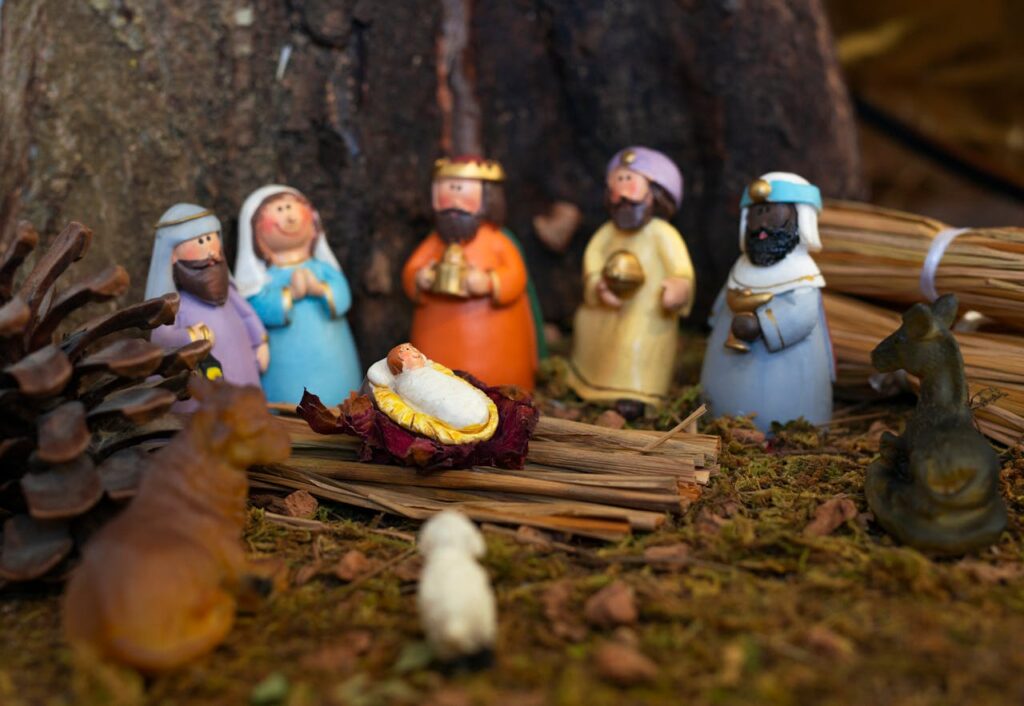Myrrh is a fragrant gum resin derived from a shrub or tree, especially the Commiphora Abyssinica, which is native to southern Arabia and eastern Africa. Egyptian royal tombs dating from the 15th century B.C. contain art depicting myrrh trees. The resin, a highly valued commodity in ancient times, was used to purify corpses (John 19:39) and as an ingredient in “sacred anointing oil” (Exodus 30:23-25), beauty treatments (Esther 2:12), and scents for clothing (Psalm 45:8).
Myrrh was one of the gifts/treasures offered to the infant Jesus by the Magi (Matthew 2:11), and was most probably an ingredient in the oil poured over His head by the woman just prior to His Passion (Matthew 26:6-13, Luke 7:37-50, & John 12:1-8).
Ironically, at the time of His crucifixion, Jesus was again offered, but refused, myrrh mixed with wine, which was used by the Romans as a type of sedative to calm the condemned and deaden the pain of their ordeal.







